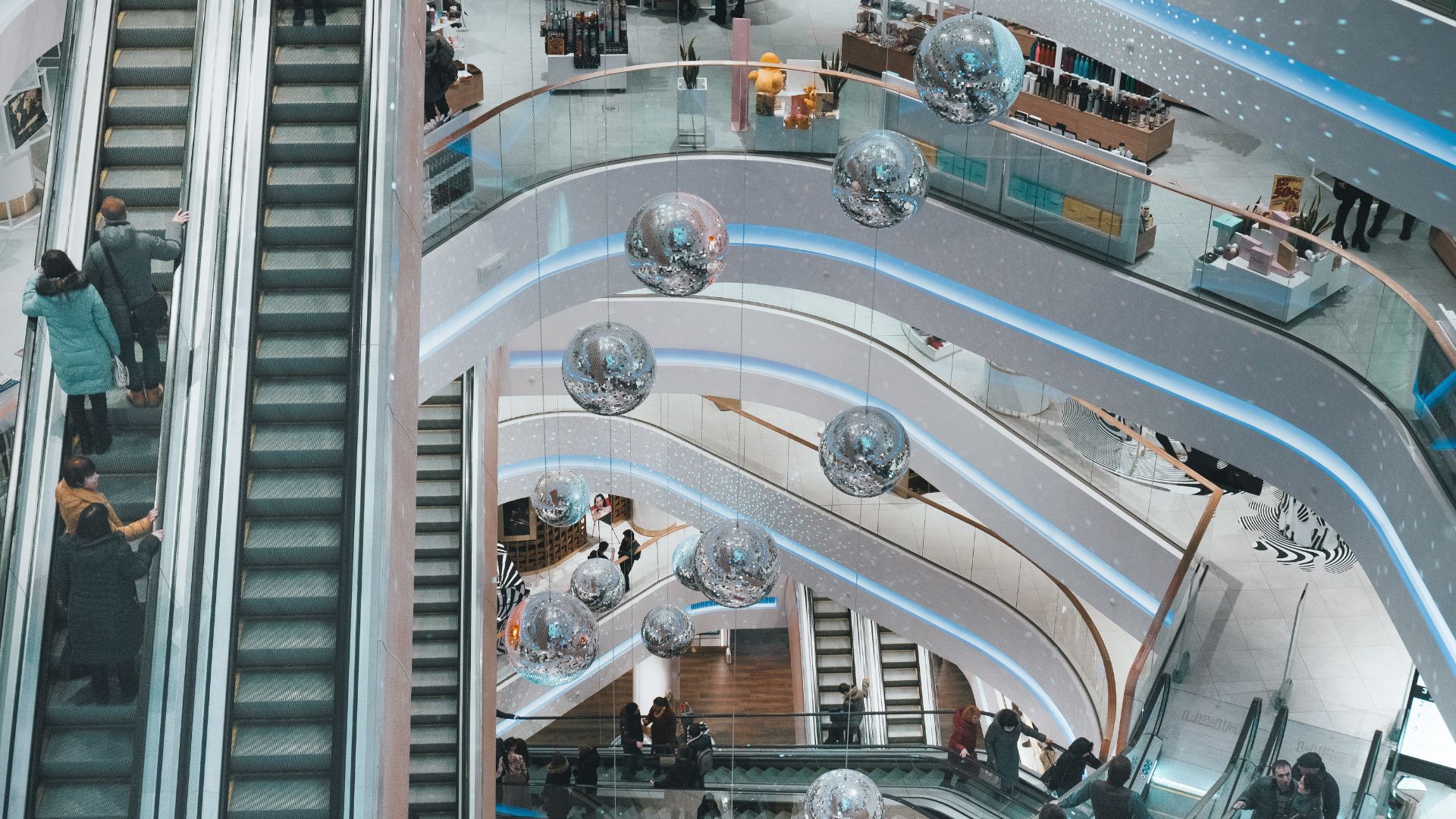Biotech in Architecture: Blurring the Boundaries between Biology and Construction
Biotech in architecture marks a pioneering new approach to design and construction that seeks to merge the principles of biology and technology. This field, known as biodesign, leverages the mechanisms of biology to create more sustainable, adaptable, and innovative architectural solutions. The fascinating world of biofabrication represents the convergence of biological sciences and architectural design in a manner that transforms how we perceive and construct the built environment.
The Principle of Biodesign
Biodesign is a multidisciplinary field that integrates biological systems into architectural design. It involves using living organisms, such as bacteria, fungi, and algae, to create or manipulate materials and architectural structures. Biodesign could offer a myriad of solutions to environmental problems, given its potential for creating sustainable and resource-efficient designs.
Biodesign architects might innovatively utilise biological materials, such as creating ‘living’ bricks from mycelium or utilising photosynthetic organisms for natural cooling systems. The potential applications are vast and varied, promising an exciting future for this rapidly evolving field.
Biofabrication in Architecture
Biofabrication refers to the use of biological organisms to produce materials and structures. In architecture, this could involve using microbes to grow building materials or employing plants and animals as part of the construction process. These processes are not only sustainable but also offer unique aesthetic and functional possibilities.
Biofabrication can create materials with properties that are difficult to achieve with traditional manufacturing processes. For instance, materials can be designed to be self-healing, responsive to environmental changes, or capable of capturing and storing carbon dioxide, contributing to the fight against climate change.
The Future of Biotech in Architecture
The potential of biotech in architecture is immense. As the field continues to grow, we can expect to see increasingly sophisticated uses of biology in construction, from buildings that can self-repair to structures that can adapt to their environment in real time.
Moreover, as biodesign and biofabrication become more mainstream, they could significantly contribute to sustainability in architecture. By using renewable and biodegradable resources, architects can reduce the environmental footprint of their projects while also pushing the boundaries of what’s possible in design.
Biotech in architecture represents a bold and exciting frontier in the field. By merging biology and construction, we can look forward to a future where buildings are not just in our environment but a part of it. At Reid Brewin Architects, we’re keen to explore and embrace these emerging technologies as we continue to evolve our architectural practices.











